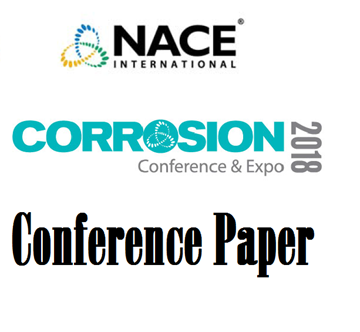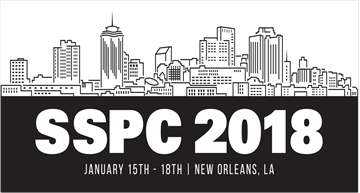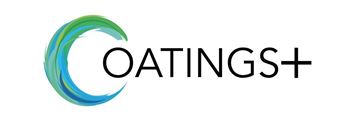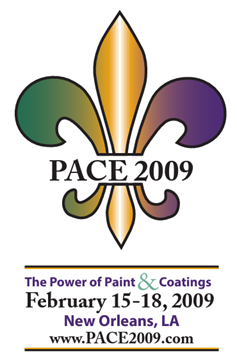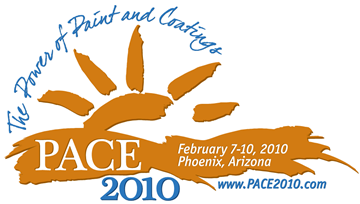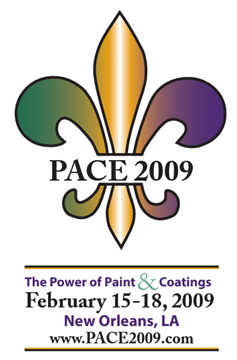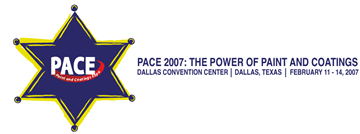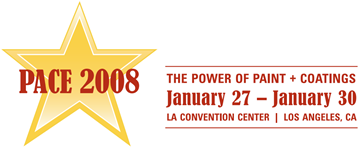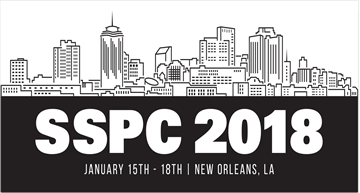Search
Products tagged with 'surface profile'
View as
Sort by
Display
per page
51318-11245-Abrasive Blasted Surface Preparation – Does the Pipeline Coating Industry Really Understand it?
Product Number:
51318-11245-SG
Publication Date:
2018
$20.00
A Study on the Effect of Surface Profile on Pull-off Adhesion Strength Value of Organic Coatings
Product Number:
51323-19225-SG
Publication Date:
2023
$20.00
Atmospheric Plasma Coating Removal: The Future Without Spent Abrasive
Product Number:
51218-099-SG
Publication Date:
2018
$20.00
Can You Use a ZInc Rich Primer When Painting Offshore?
Product Number:
51220-266-SG
Publication Date:
2020
$20.00
Coating and Lining Specifications for Concrete
Product Number:
41209-496-SG
Publication Date:
2009
$20.00
Concrete Surface Preperation: ICRI Guideline 03732 and Lessons Learned
Product Number:
41209-476-SG
Publication Date:
2009
$20.00
Data Management for Coating Inspection Gauges
Product Number:
41207-330-SG
Publication Date:
2007
$20.00
Development of Materials and Process Metrics for High Performance Abrasive Blast Surface Preparation
Product Number:
41216-977-SG
Publication Date:
2016
$20.00
Development of Portable Garnet Blasting Unit for New Shipbuilding
Product Number:
41208-426-SG
Publication Date:
2008
$20.00
Effect of Surface Preparation of Coating Performance
Product Number:
41216-953-SG
Publication Date:
2016
$20.00
Electronic Inspection Equipment For A Field Painting Project
Product Number:
51218-087-SG
Publication Date:
2018
$20.00

